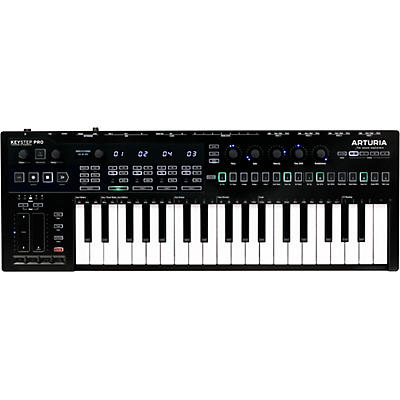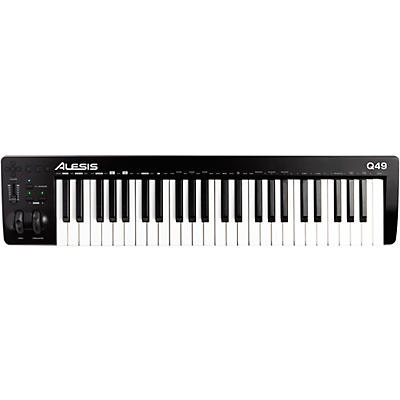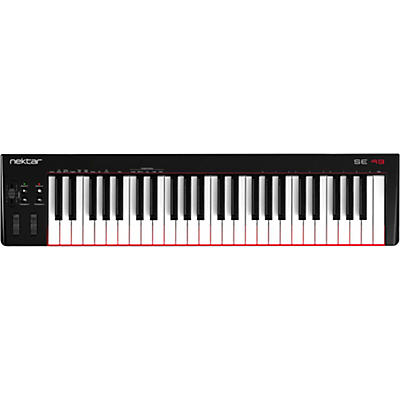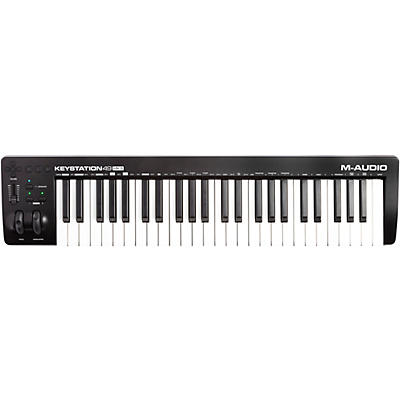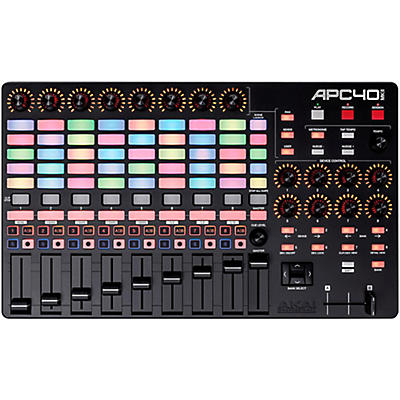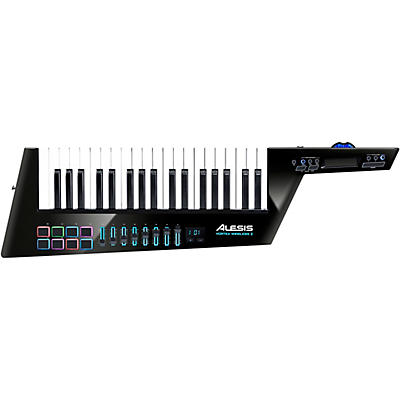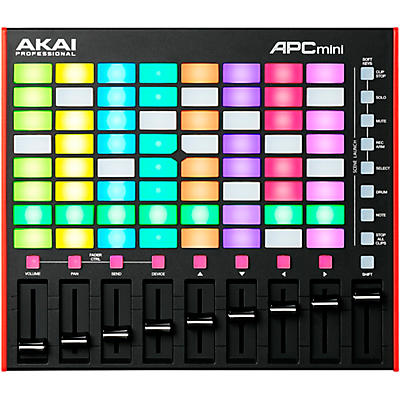In today's high-tech studio or stage, a MIDI controller can do a lot of your heavy lifting. You might use a controller as your primary instrument together with a hardware or software sound module or as a way to add effects to supplement a traditional instrument. Whether you connect your controllers to an onstage sound system or to your pro studio hardware and software MIDI mixers and editors, they're the primary link between you and your equipment. It's important that your MIDI controllers are the right fit for your individual needs. If you're a DJ, recording artist or studio engineer, for example, you might use a pad controller as a cuing device for custom sounds and samples or even as a fingertip drum kit. When you're picking out a pad controller, a few things to keep in mind are the number of pads (are there enough for all the effects you use?) and the configuration options that let you tailor the pad to your preferences. If you've got fast-flying fingers, look into a quick-response pad to get that extra bit of precision. For many musicians, the keyboard MIDI controller is their bread and butter. If you're in that camp, you'll find plenty of flexibility in these controllers.
From live performers and studio musicians to sound designers and songwriters, a keyboard controller is a staple tool. Use a compact, portable keyboard when space is limited or a full 88-key controller when you need the range of a complete piano. A model with aftertouch can give you access to dynamic effects, and built-in faders, buttons and control knobs can give you the ability to control your studio software directly from the controller. Keep the action in mind when deciding on a keyboard MIDI controller: do you want a weighted hammer action for real-piano feel, semi-weighted for a lighter touch or synth action for speed and accuracy? Keyboards and pads are the most common controllers, but they're not the only ones. If you want to set up an authentic MIDI organ, you're going to need a pedalboard, and there are a few different types of foot controllers for different applications. You can use them to control lighting while you play, mix in effects, trigger loops and samples or add a percussion kit. For saxophonists and other woodwind players, there are wind controllers which allow you to organically replicate a variety of wind instruments through your MIDI interface, as well as using your familiar wind fingerings and playing style to synthesize plenty of other instruments.Whatever style of music and type of interface you prefer, MIDI controllers have you covered with an option that will feel natural. That goes for DJs, recording artists and producers of all kinds. All you need to do is take your time and make sure you look carefully at all of your options to choose the one best-suited to you.





































































































































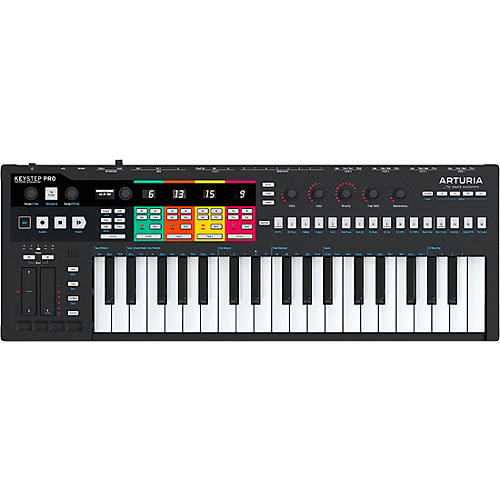
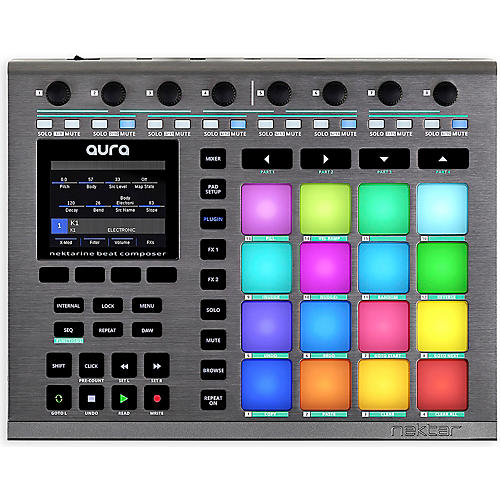

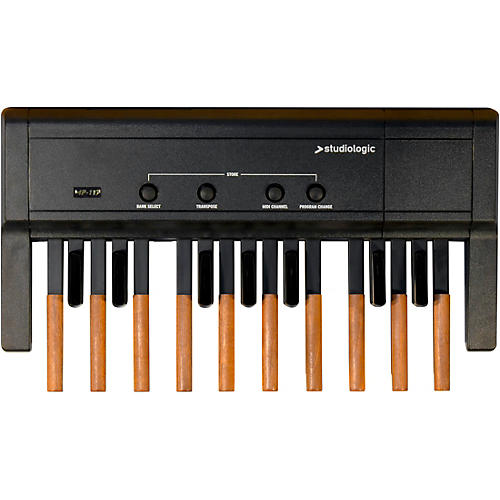








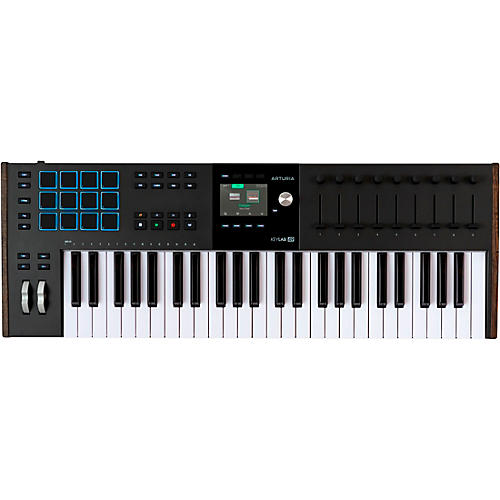
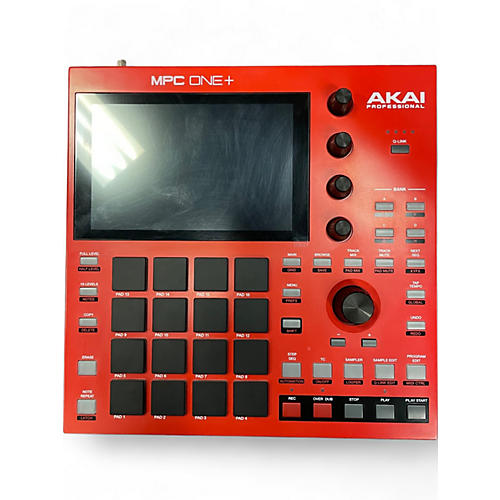
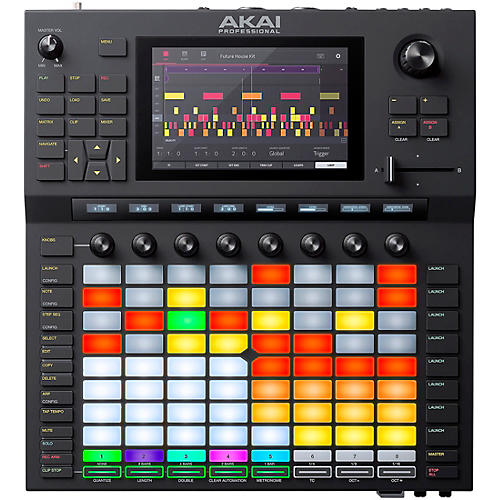
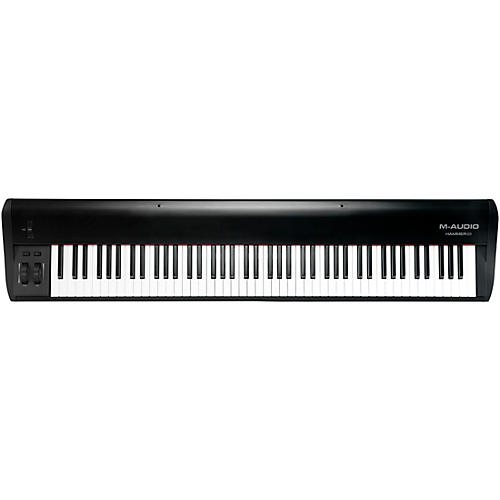
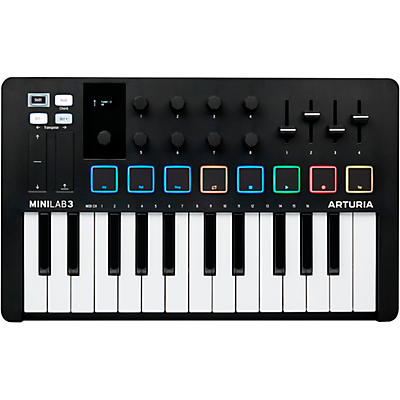
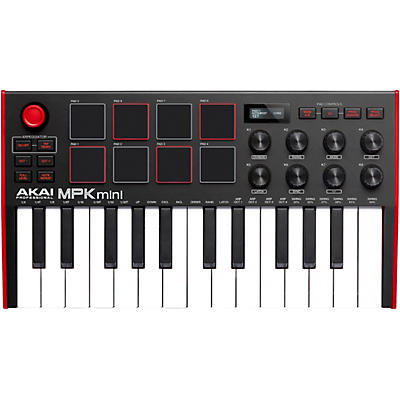
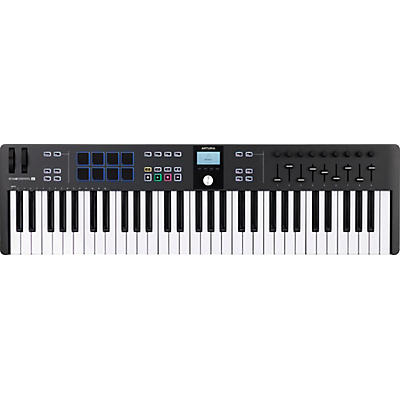
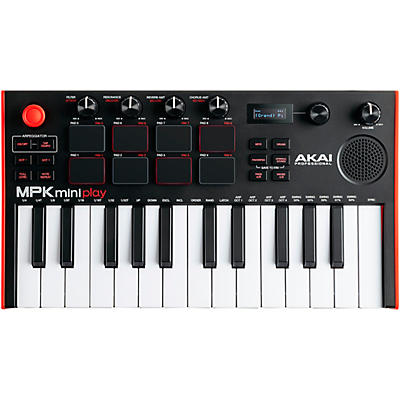

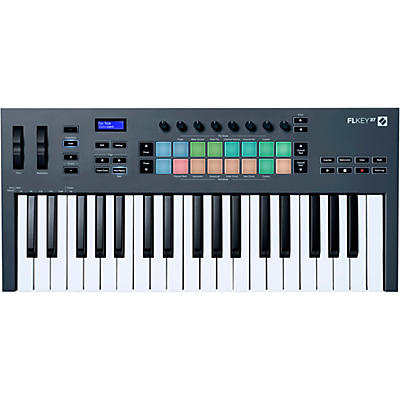
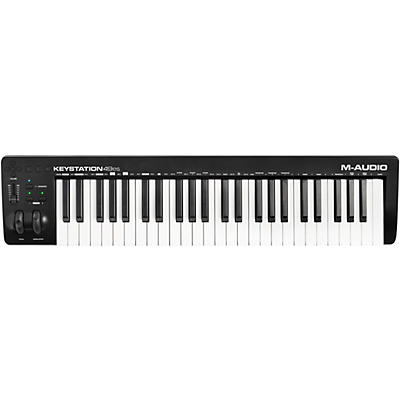
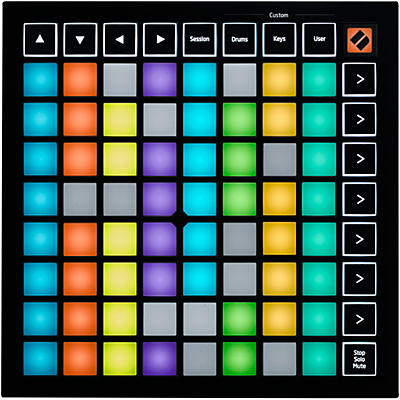
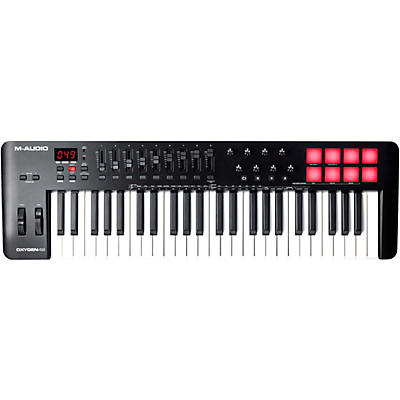
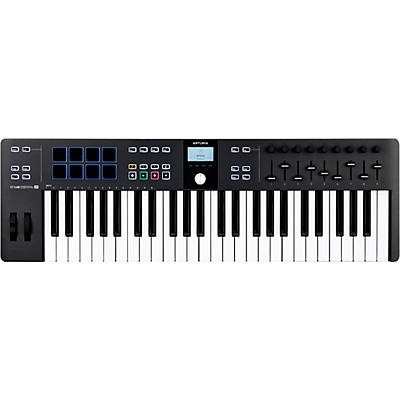
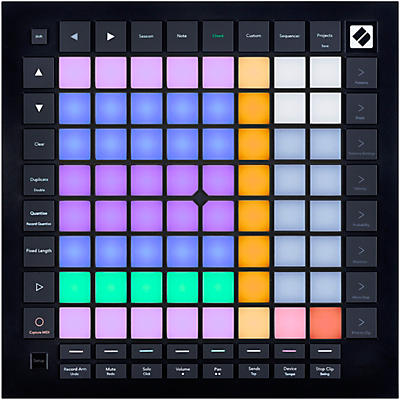
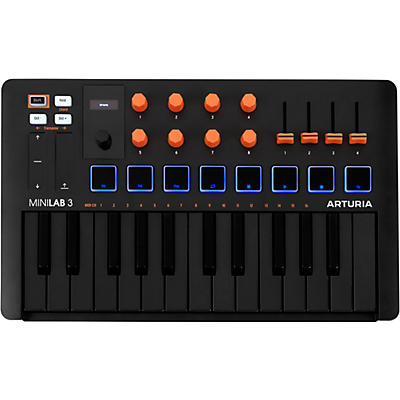
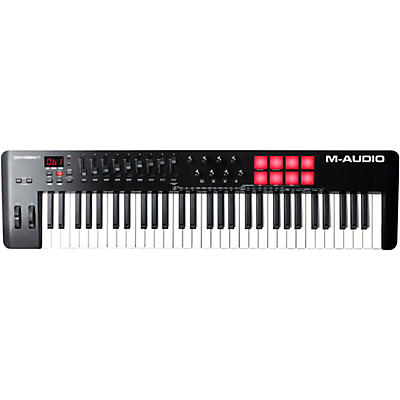
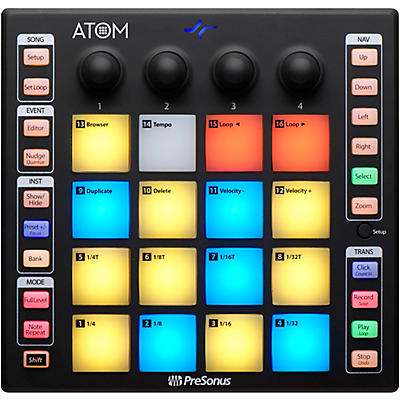
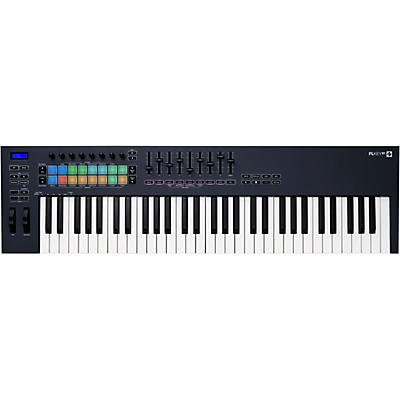

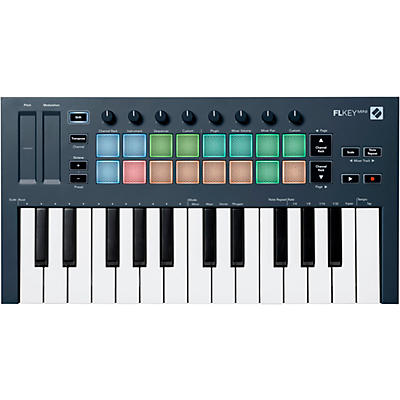

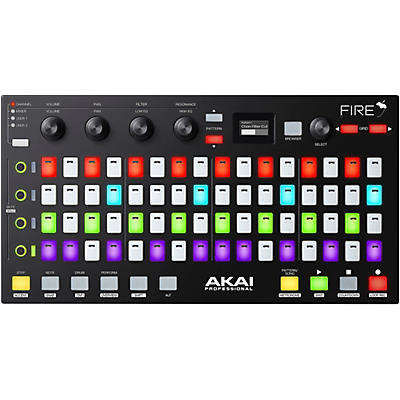
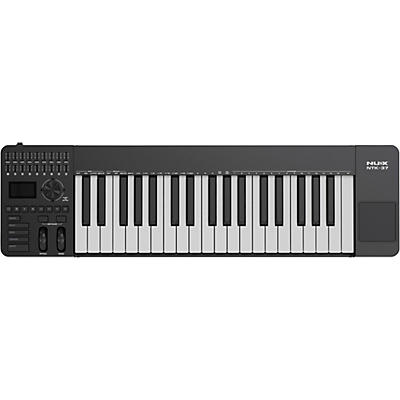
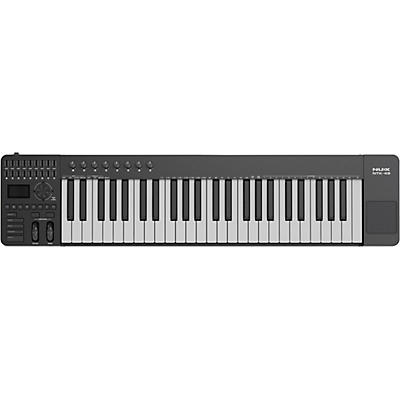
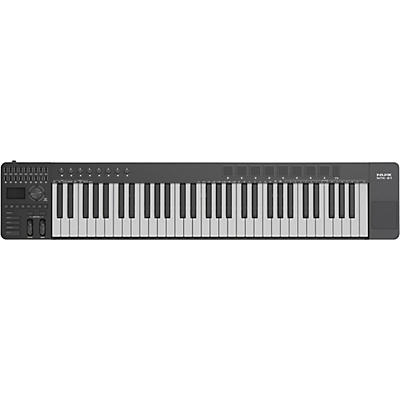
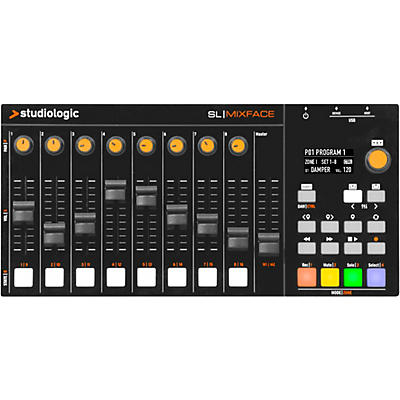
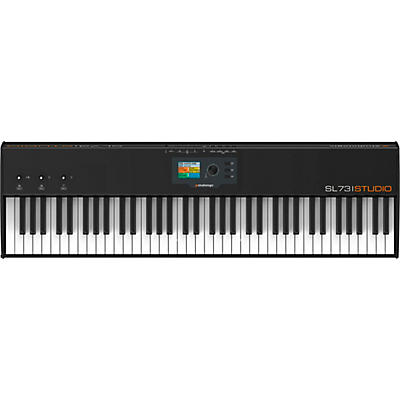
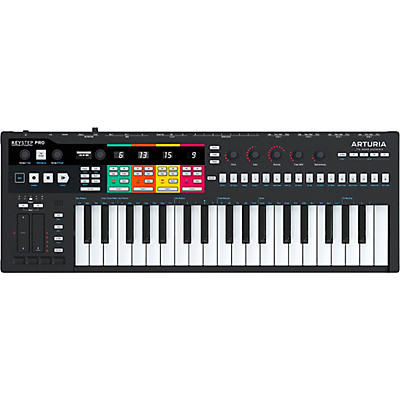
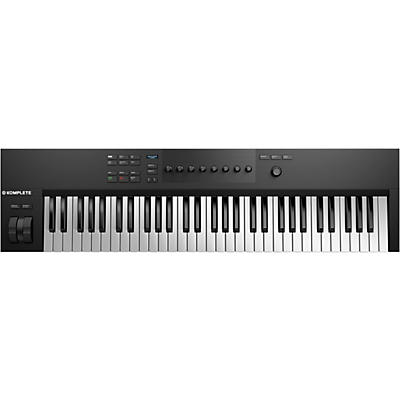
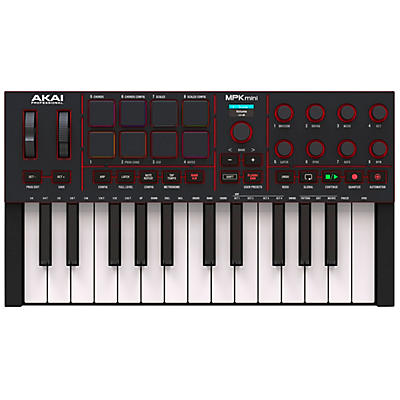
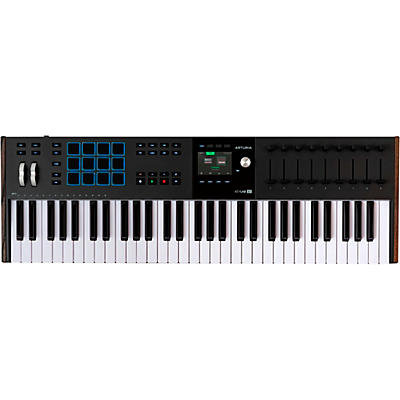
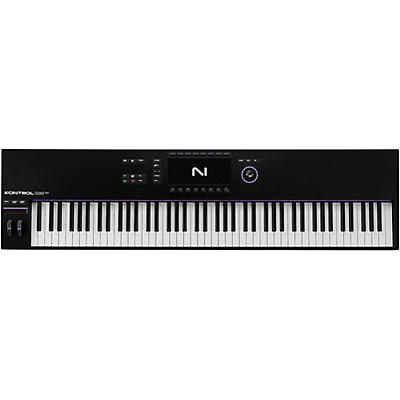
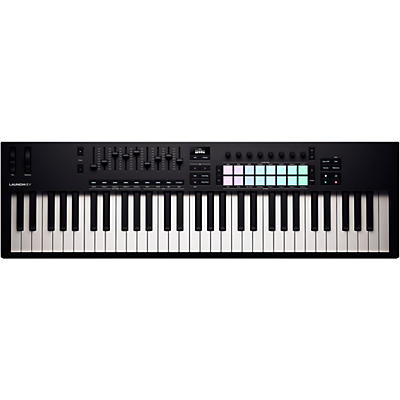

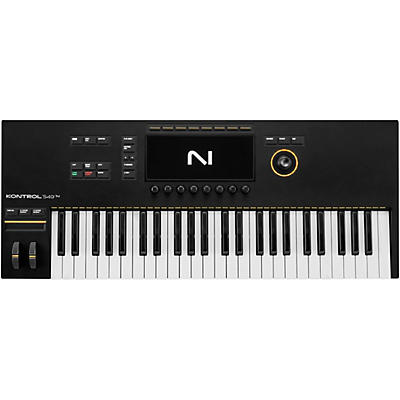
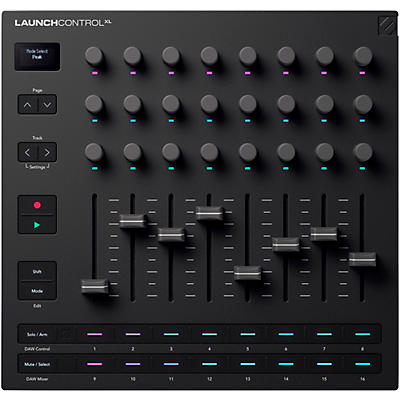
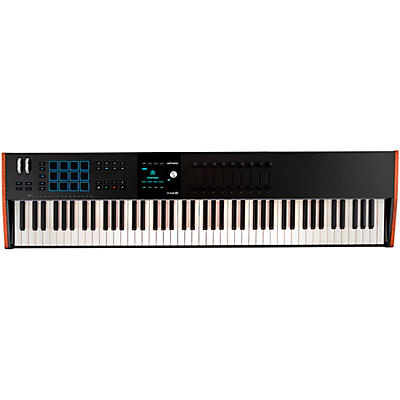
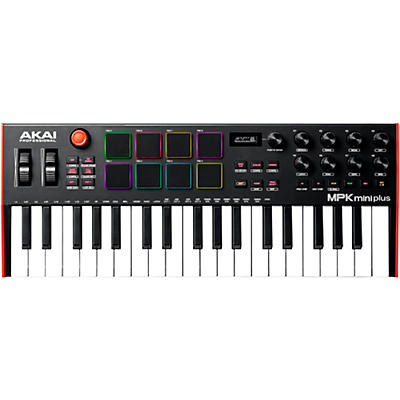
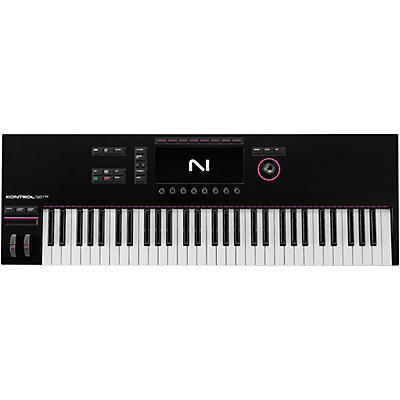
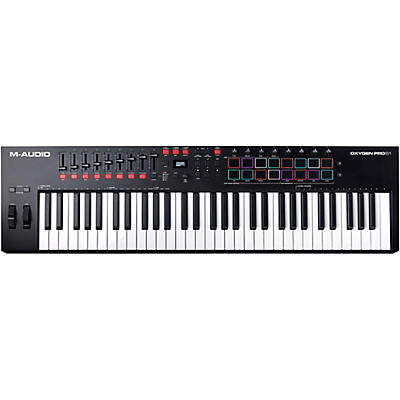
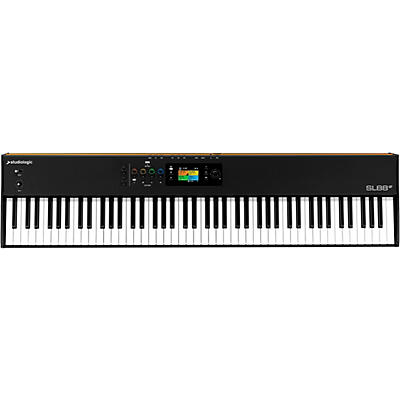
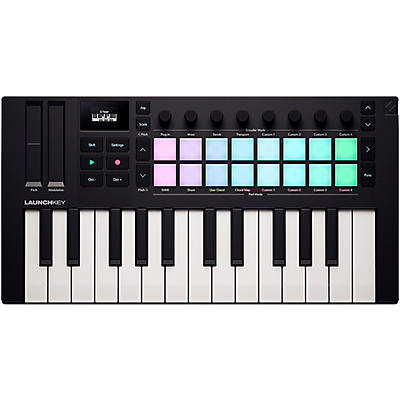

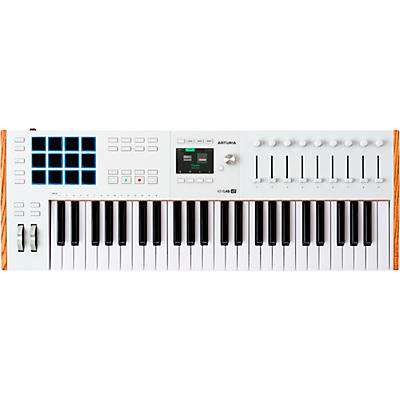
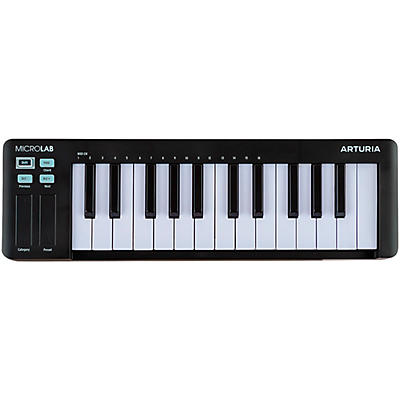
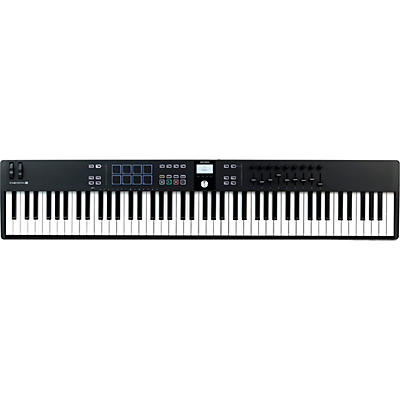
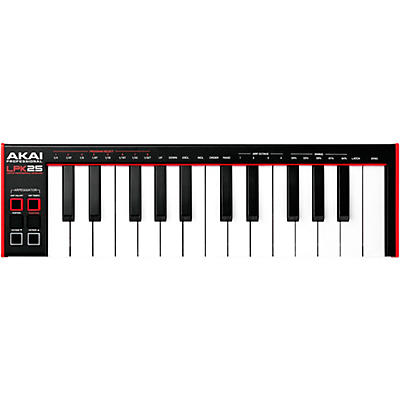
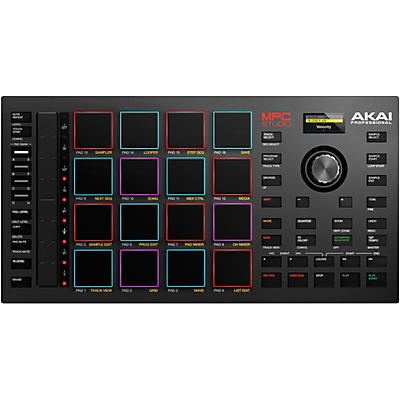
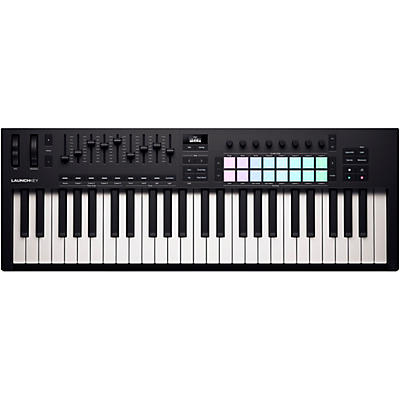
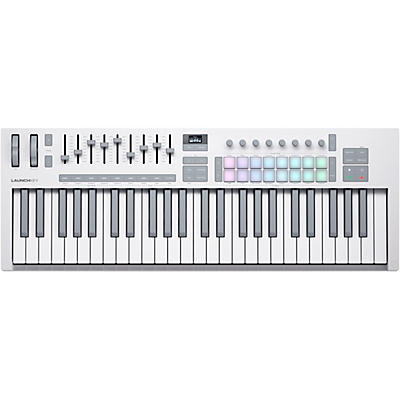
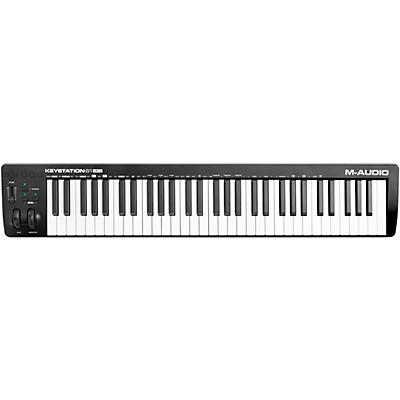
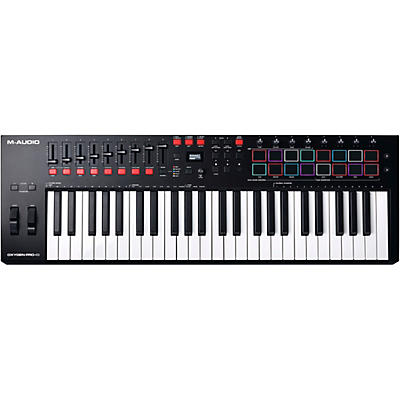

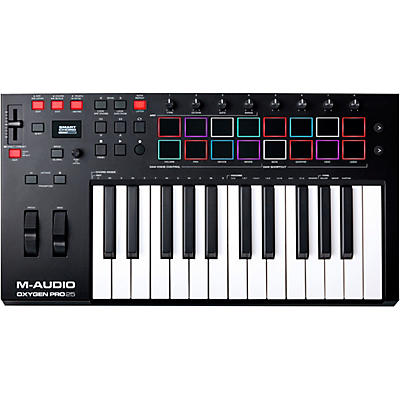
![Novation Launchkey 88 [MK3] Keyboard Controller](https://media.musiciansfriend.com/is/image/MMGS7/Launchkey-88-MK3-Keyboard-Controller/L95488000000000-00-400x400.jpg)
